What makes a good horror game?

Masters Of Horror
Joe Keiser brought us another big horror game review this week. He looked at The Evil Within, the new game directed by Resident Evil mastermind Shinji Mikami. Joe came out of it little worse for wear—and not in the good “I just spent several hours in terror thanks to this horror masterpiece” way. Calum Marsh was similarly down on Alien: Isolation last week. This double dose of disappointment had ProfFarnsworth wondering what it is that separates a “good” horror game from a “bad” horror game, and plenty of commenters had potential answers. Here’s a suggestion from ItsTheShadsy:
I realize that this applies to many media, not just games, but I find myself most scared by games that can horrify me when nothing is happening. Constant gore and torture can be tedious, so I’m most on-edge when I’m just…waiting…for something..
One of the most effective techniques I’ve ever seen in a horror game is the use of music in Penumbra: Overture. The enemies are pretty horrifying, but they’re hard to spot unless you’re face-to-face with them. Once an enemy approaches your vicinity, this horrifying piece of music cues up to alert you of your impending doom. The game is largely silent otherwise, so this is a really powerful way to trigger panic when there’s effectively nothing going on.
Games are unusual in that they almost always involve violent confrontation, so direct combat with scary things is rarely effective on its own. It’s the potential for disaster—an approaching ReDead in Zelda or a hidden enemy or a suspiciously empty room—that really sinks in.
Bluemoon thinks it has to do with taking time and building suspense:
You need to ease the player in and slowly build up the tension. Throwing a player right into gore and things popping out isn’t scary, and if done wrong, it’s laughable. Alien: Isolation has its issues, but one thing it did perfectly was taking its time to build up tension through sound design and having the player creep about. It’s when you’re no longer thinking of encountering the alien that it decides to enter the picture. By that point the player is on edge, has been alive for quite some time, and would like to stay that way.
The Evil Within just throws everything at you at once. It can be thrilling, but it’s seldom scary. There’s little tension built and your deaths are frequent, thus reducing failure to an annoyance. The weird tonal shifts don’t help, even though it’s trying to be something like Jacob’s Ladder. It helps to have good pacing. Other games have managed to balance the idea that each chapter is another layer of the protagonist’s mental illness. The PC game Sanitarium had little play and obtuse puzzles, but it had some well thought out themes and chapters that felt like traversing through a damaged mind. It did this through mood, strange characters to converse with, and surreal worlds. It was also very story and character driven. Emersion works better when things are gradually fleshed out.
And Mr. Martini chimed in with an example of Bluemoon’s theory:
A great example of deft manipulation of player expectations about the slow build up is the Borley Haunted Mansion in Silent Hill 3.









![Rob Reiner's son booked for murder amid homicide investigation [Updated]](https://img.pastemagazine.com/wp-content/avuploads/2025/12/15131025/MixCollage-15-Dec-2025-01-10-PM-9121.jpg)

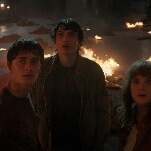

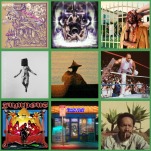


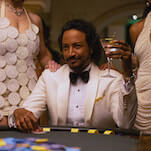

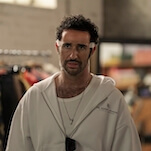
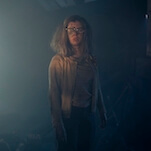















![HBO teases new Euphoria, Larry David, and much more in 2026 sizzle reel [Updated]](https://img.pastemagazine.com/wp-content/avuploads/2025/12/12100344/MixCollage-12-Dec-2025-09-56-AM-9137.jpg)




